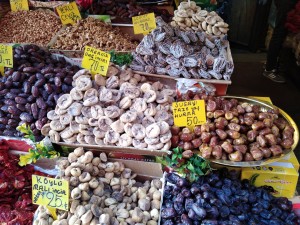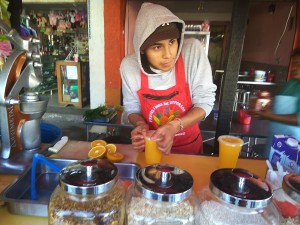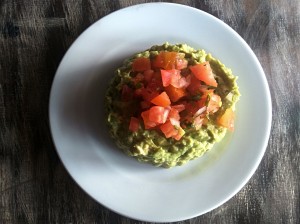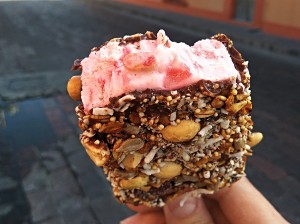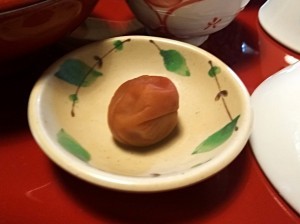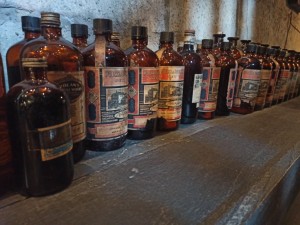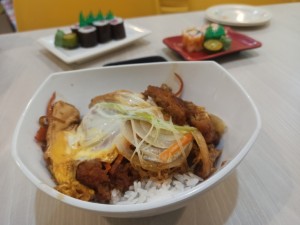EAT IN ASIA / Destinations / Other destinations / Europe / Croatia
Exotic fruits in Croatia
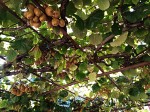
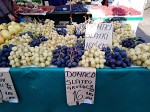


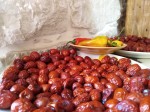




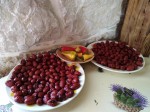
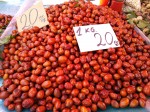


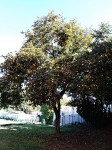
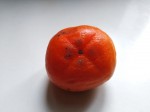

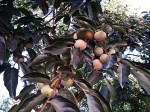
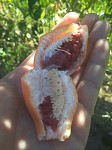
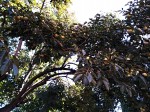
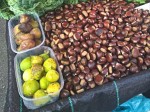
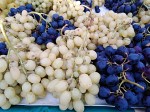
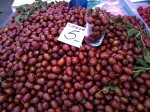

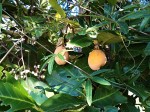
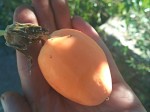
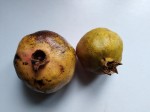
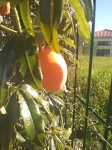

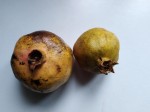
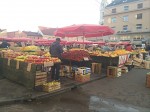
Croatia is full of sun, good weather and a relatively mild winter. The coastal part with campsites and beaches is the most popular region. Tropical trees grow from Zadar till Dubrovnik. Palm trees, colorful bushes, fruit trees, exotic flowers, and a lot of smaller plants from warm zones can be found there. That is why, the selection of available fruits and vegetables is different from the central part of Europe.
Grapes

The fruity trip starts with a number of grapes that are perfect both for eating and for wine producing. White and dark. Seedless ideal for raisins, bigger for eating, smaller for distillation and a wide selection of all these sorts that you know from wine labels. Chardonnay, Muscat, Malvasia, Welschriesling, Vranac. That are only some of these grapes, that are mainly cultivated and used for a wine production.
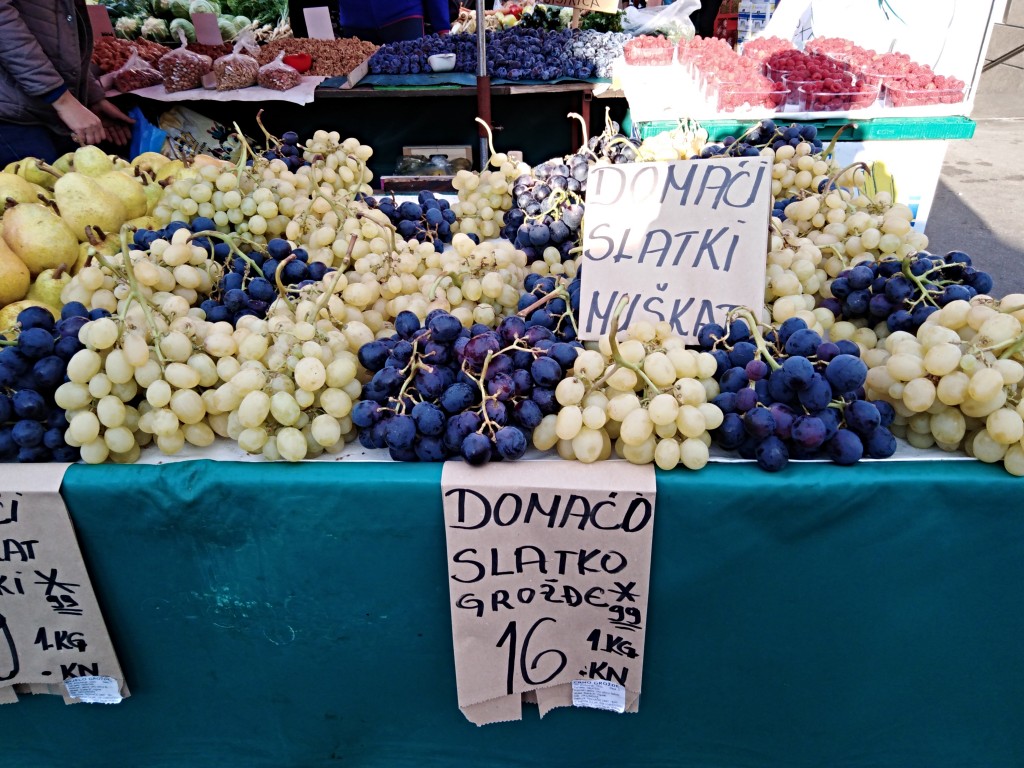
The most popular are, especially in the Istria region, white wines. Graševina – Welschriesling and Malvazija. These two sorts create the main part of all vineyards. Shops and restaurants are full of Graševina and Malvazija wines from different cellars. Sold per bottles, cartoon boxes or in small balloons can be found in almost every shop.
Ordering a white wine in a restaurant, means more or less, getting a glass of Graševina or Malvazija. Medium dry, fruity and light. Both sorts can be generally described in that way. With a domination of citrus fruits and apples, these wines are light for drinking, with a medium-light body and tannins are slightly distinguishable. A glass of a cold wine is good not only as a refreshing drink during a hot day, but goes well with seafood, white meat or desserts. These wines should be served in the temperature between 7 °C and 12 °C.
Apart from these two, you will also find a well-known Muscat. The whole Muscat family consists of about two hundred different sub-sorts. They can be white, yellow, slightly red, or even very dark, almost black. These wines have a characteristic floral aroma and are slightly sweet.

Then there is also Vranac that is worth mentioning. It is typical for the Montenegro, Macedonia and Herzegovina region. It is also cultivated in the southern part of Croatia – in Dalamatia. Vranac grapes are big and have a very dark color. Wines produced from them have a slightly berry aroma.
Jujube – red dates or Chinese date
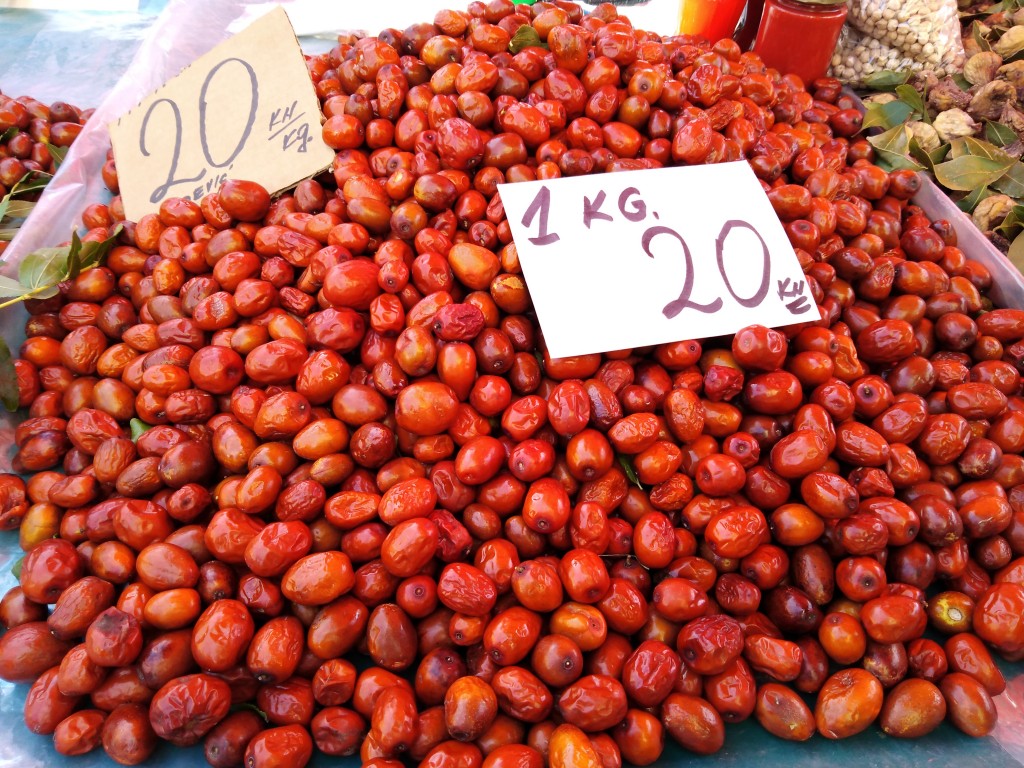
Although called as dates, jujube fruits have nothing in common with dates. Jujube trees are big and produce a lot of small, egg-shape fruits. The color ranges from orange, through red till brown. They are about 3 cm long and have a narrow, date-like pit.
The fruit is flesh. The texture of a jujube fruit is a little bit floury. It is sweet and some notes resemble dates. Definitively, it is not a juicy fruit. I think, it would be great for healthy energy bars, cakes or as a quick snack. Also preparing a tee from them is a good idea. Add some lemons, oranges and you will get a tasty, sweet and sour drink.
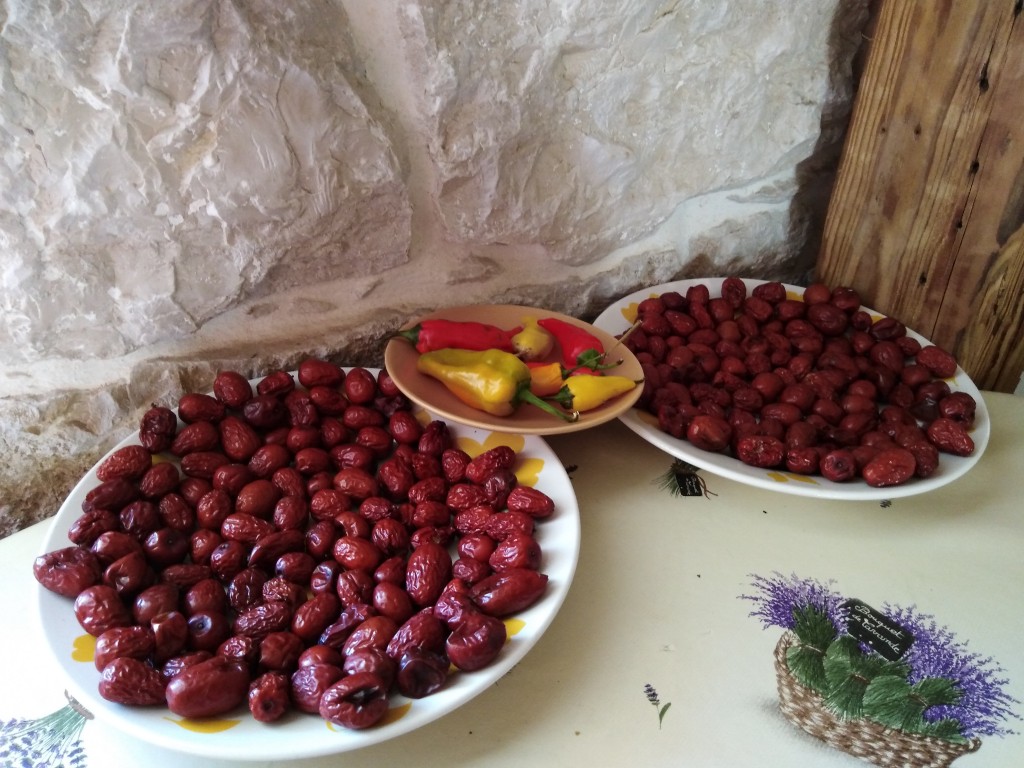
You can also lay them on the sun or place into the stove for a drying process. Then, you will be able to store them for a long time, and grab one or two whenever you want.
Jujubes are rich in vitamin C, B3 and B6. Apart from that, they are worth being included into your diet, as they provide iron, potassium, magnesium and manganese.
Kiwi

The most common place, where you would find kiwi trees, are home gardens. These trees create a big umbrella, give a lot of shade and are used as bushy roof below which cars are parked or garden chairs are placed. Kiwi trees have solid branches that prefer to lay than stay in an upward position. Fruits are grouped in bunches of up to ten. Their color is brown and olive. The skin has a delicate mesh, and the size of the fruit does not exceed the inner part of your palm. Comparing to these kiwis, that you can find in shops, they are smaller and rounder.
Figs
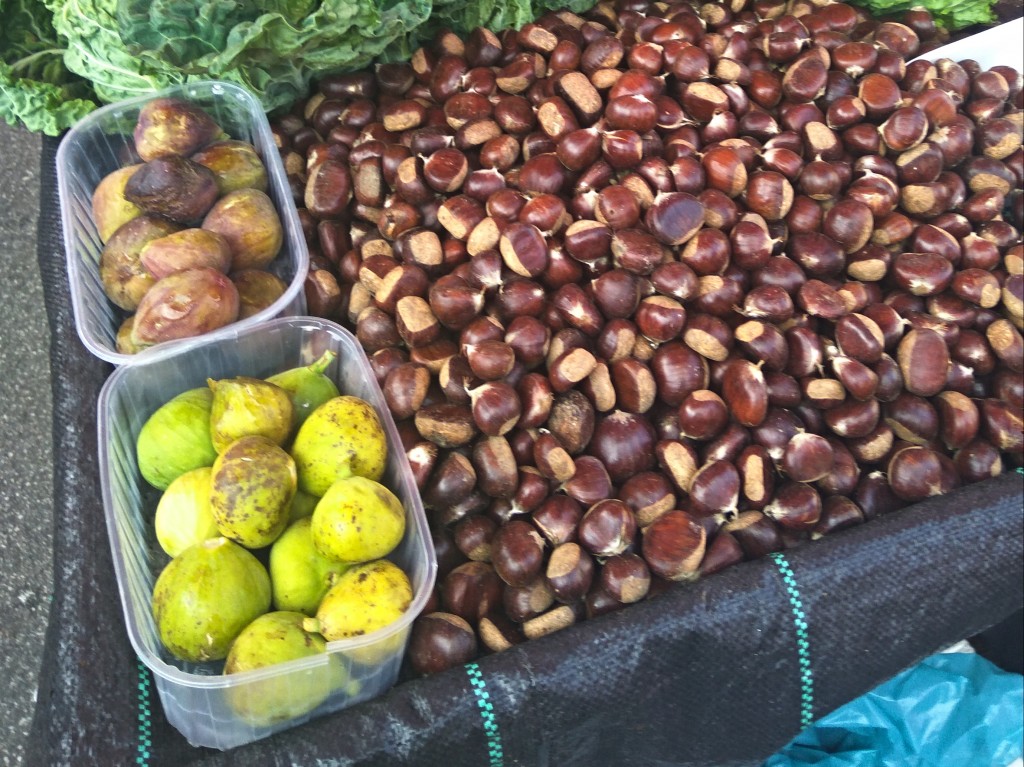
Another fruit, that is extremely popular, is a fig. Enormous fig trees can be found almost everywhere. Of course, the warmer the region is, the more you have. You can find them in parks, streets, gardens, almost everywhere. It is even not seen as a regular fruit tree, just as a wild one, that does not produce good fruits. However, big fig plantations do exist. Their fruits are super sweet, aromatic and delicate. Their skin, comparing to these wild ones, is much soft and thin. The color of the inner part ranges from yellow to red. The fruit is sweet, moist and tender. Their skin can either be yellow, green, violet or even almost black. Figs are very delicate. It is very important not to hit them and take care of them. Even the smallest bruise might quickly cause rotting.
either fresh or dried, figs are extremely healthy. They provide you with vitamins like K, B6, B5, B4 and B1. Apart from that, they are rich in potassium and magnesium and manganese.
Persimmon – kaki fruit

Persimmon trees are another type of plants that grow in squares, parks and gardens. That are large trees, giving a lot of shades and freshness.
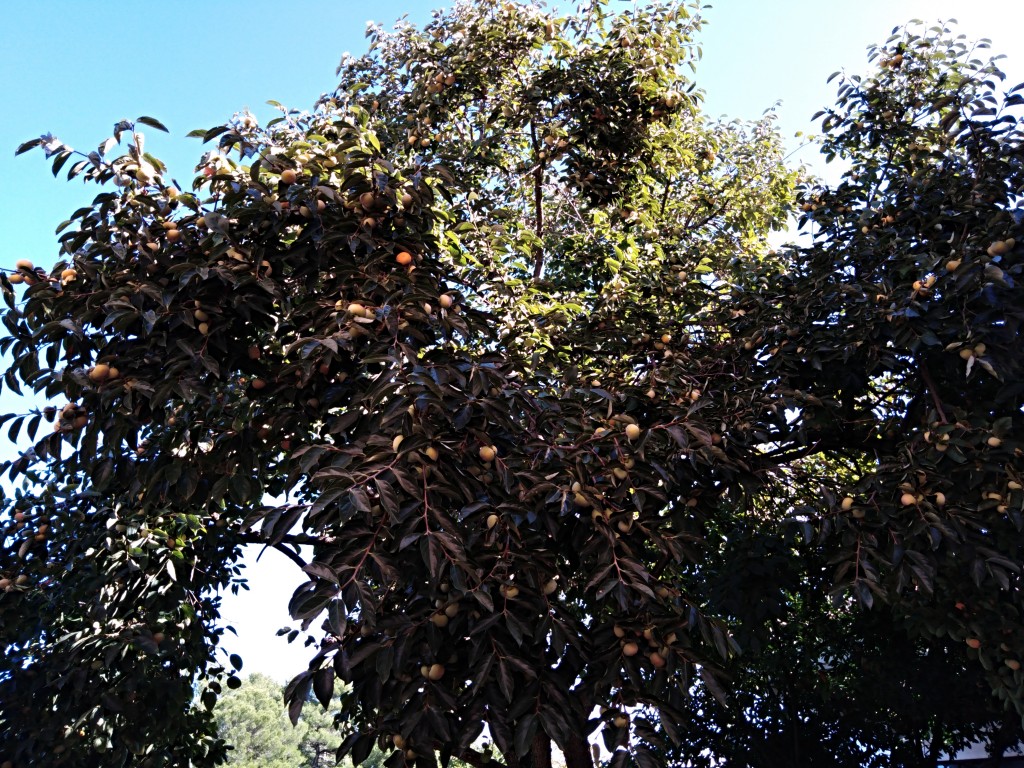
Their fruits are relatively small and have an orange color when are ripe. The skin is quite hard, but the flesh is tender, delicate and sweet.

That is an interesting combination of the hardness of the skin with the softness of the inner part. Persimmons are very sweet, aromatic and energetic.

Once ripen, they become very delicate and, as it is in the case of figs, are very vulnerable on bruises and touching. Kaki fruits have a high concentration of vitamin C and E and of magnesium.
Pomegranate
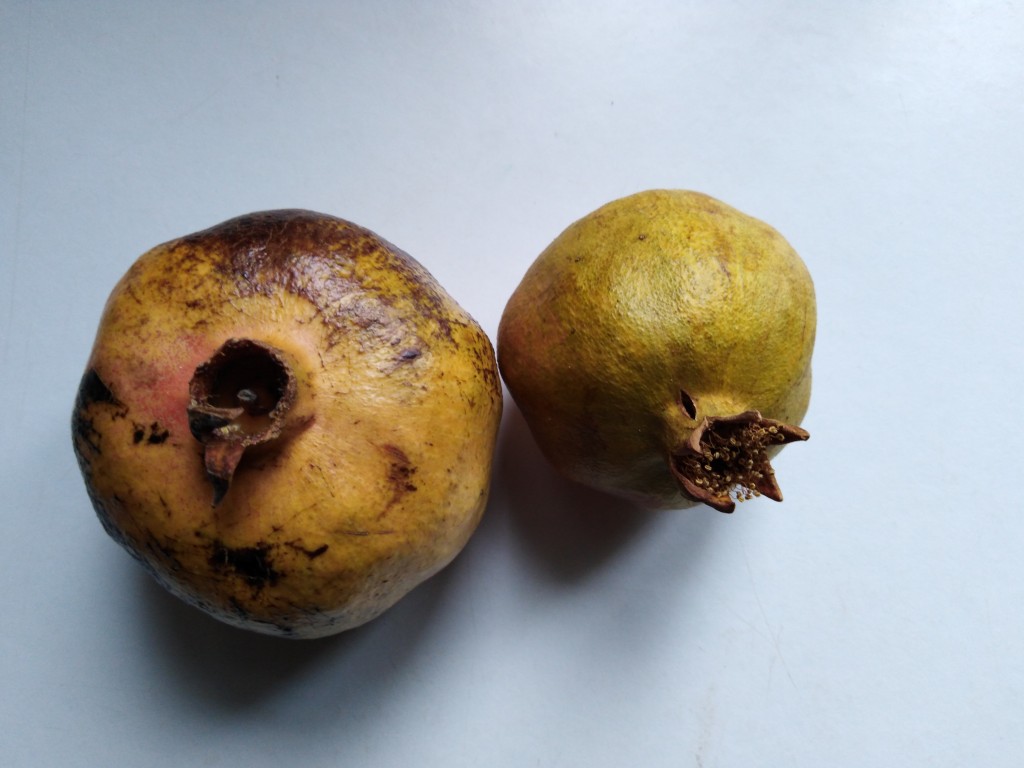
A fruit with a hard shell and with red grains has always been admired and played a significant role in different cultures. Appreciated because of its healthy benefits, shapes and thanks to multiple legends.
Pomegranate trees or rather bushes vary in size and shape. Starting from smaller one, producing tiny fruits and ending on big trees that give beautiful, big fruits.
The skin of the pomegranate is hard, and it takes some time to open it properly. A couple of good cuts would do the job, however it is not so obvious how to do that. Small grains or berries, if you prefer to call them like that, are red and their taste is a composition of sweetness and bitterness. They are widely cultivated in almost all Croatia. You will find them in gardens, alleys or squares.
And you know what is the best about it? They all grow almost everywhere. If you are lucky, you can come and pick one. Maybe you will need to wait some days till it is ready for eating, but you also might be luckier and be able to enjoy it in that exact moment!
With a lot of sun, mild climate and almost no severe winters, all these fruits taste completely differently. Well, even not mentioning their naturality and freshness.
If you are interested in more exotic fruits, read the article about Delicious Egyptian fruits.
